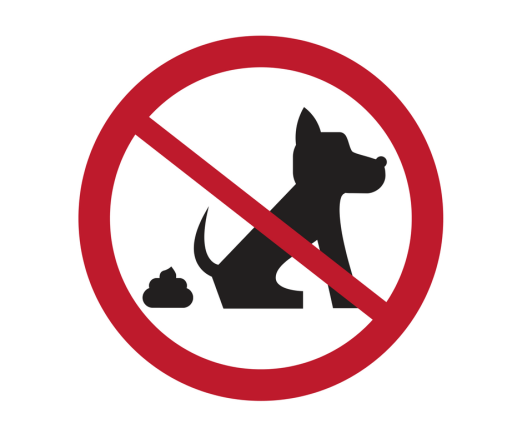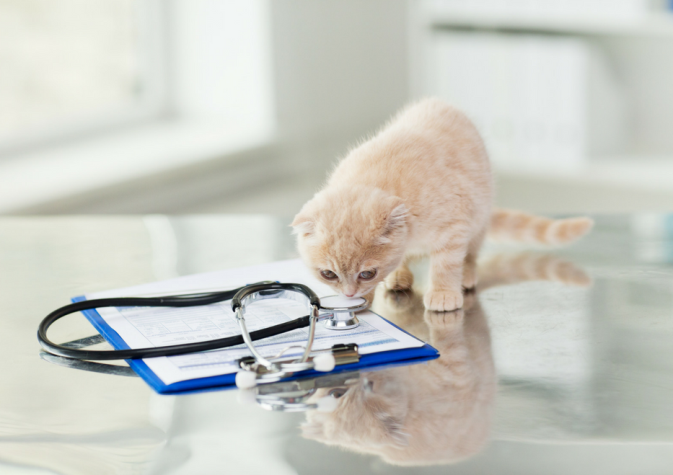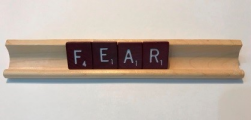Why does my pet urinate or defecate in the house, and how can I stop it?

This is one of the most frequent questions we encounter. House soiling is an incredibly common, yet complex problem with no one answer or solution.
There are two main reasons why pets soil the house; either due to a medical condition, or for behavioral reasons, or often a combination of both. Sometimes a behavioral change is initiated by an actual medical problem. It can be tricky to sort out exactly which factors are involved in individual house soiling cases. Let me advise you first and foremost, to see your veterinarian, before any medical problems get worse, and before any negative behavioral patterns can become established. Don’t wait until everyone in the household is frustrated and stressed, which will only exacerbate the symptoms.
First, let’s address possible medical causes. There is an enormous range of medical issues that can contribute to inappropriate urination-anything from a urinary tract infection, to reproductive problems, or endocrine diseases, and side effects of certain medications like steroids. Be sure to tell your vet about any other symptoms your pet is experiencing, such as a change in thirst, appetite, or grooming, vomiting, weight loss, bloody urine etc. and any changes in environment, diet, medications, or toxin exposure. These details are crucial to determine a proper diagnosis. As for defecating in the house, this can be caused by constipation, diarrhea for any reason (parasites, virus, food allergy etc.), decreased tone of the anal sphincter muscle, anal gland issues, joint problems, and senility to name a few.

Once you and your vet have ruled out a medical problem, then you can begin to look at behavioral causes. Generally, almost all house soiling issues that we see are motivated by something closer to fear, anxiety, stress, or social insecurity rather than any malicious intent or vengeful feelings. A small percentage of house soiling problems may be due to instinctual marking behavior (although this can have an element of anxiety also), or a simple relapse in house training. Pets can sometimes become confused over time, especially after a change like a move, vacation, or other significant deviation from their normal daily routine. Dogs may not soil their immediate living area, and may seek out rarely used rooms such as basements or spare bedrooms, because they do not consider them part of the house. Realistic expectations about how long a dog can “hold it” are important, and understanding that any change in routine may throw them off. Even if you are only gone for an hour or two, if this is not a predictable absence, then pets don’t always know how long they will have to wait.
 |
 |
 |
Since many stressed out pets are eating and sleeping well, people often fail to recognize situations that may cause anxiety. For cats, one of the main sources of anxiety is other cats or dogs in the household, or even nearby outside. Other common sources of stress for many pets are changes in the daily routine of work/school schedules, vacations, moves, loud noises (thunder, appliances, loud voices or strangers, construction, etc.), new babies/young children, and decreased attention or exercise.
 |
 |
 |
The ideal environment for a pet to minimize stress is one that is quiet, has safe hiding spaces (up high for cats) away from other pets/strangers/children, includes plenty of play/exercise and attention, and contains separate food, water, and litterboxes for each animal. Cats may reject a litterbox located in a loud or high traffic area, too close to their food and water, or has too much of another animal’s scent on it. Food and water should also be in a quiet, safe area away from other pets or children. Dogs may reject a surface that differs from their usual or preferred texture, such as cement or gravel instead of grass. All animals are drawn to areas that have previously been marked with their familiar scent.

In addition to the litterbox location, consider the litterbox itself in terms of size/dimensions, number of boxes, cleanliness, type of litter, etc. Cats may be put off by scented litter or a recent change in scent or texture, or by strong cleaning chemicals like bleach. Periodically cleaning the litterboxes with soap and water only will allow enough of the cat’s scent to remain and help draw them back to that location. Scoop the litter daily to maintain a relatively clean litterbox. Litter box hygiene is especially important in multi-cat households. Ideally there are enough litterboxes for each cat in the house plus one extra, in different locations or on different floors if possible. Some cats do not like hooded litterboxes, and very large cats may have trouble maneuvering in a box that is too small. Older cats may benefit from shallower boxes. “Self-cleaning” or automated litterboxes may be scary, due to the mechanical noise and sudden movements. Many cats develop a preference for a different surface altogether, and will seek out that texture, especially if their scent has not been adequately removed. For all house soiling incidents, be sure to use an enzymatic cleaner made for pet odors, and ideally a carpet shampooer for carpet and upholstery. Eliminate access to the preferred surface whenever possible, which may mean removing throw rugs, closing doors to bedrooms, and keeping laundry hidden. Try to replicate the preferred surface in an acceptable way. For instance, if your cat prefers smooth surfaces such as a sink or bathtub, add a plain litter box with NO litter nearby. Try a litterbox lined with a soft absorbent pad if they prefer to soil clothing or rugs.
Finally, understand that dealing with behavioral factors that cause or contribute to house soiling can be very frustrating for all involved. Rarely is there one quick, simple solution, and multi-modal therapy is often necessary. We will work with you to formulate a plan that is right for you and your pet.

